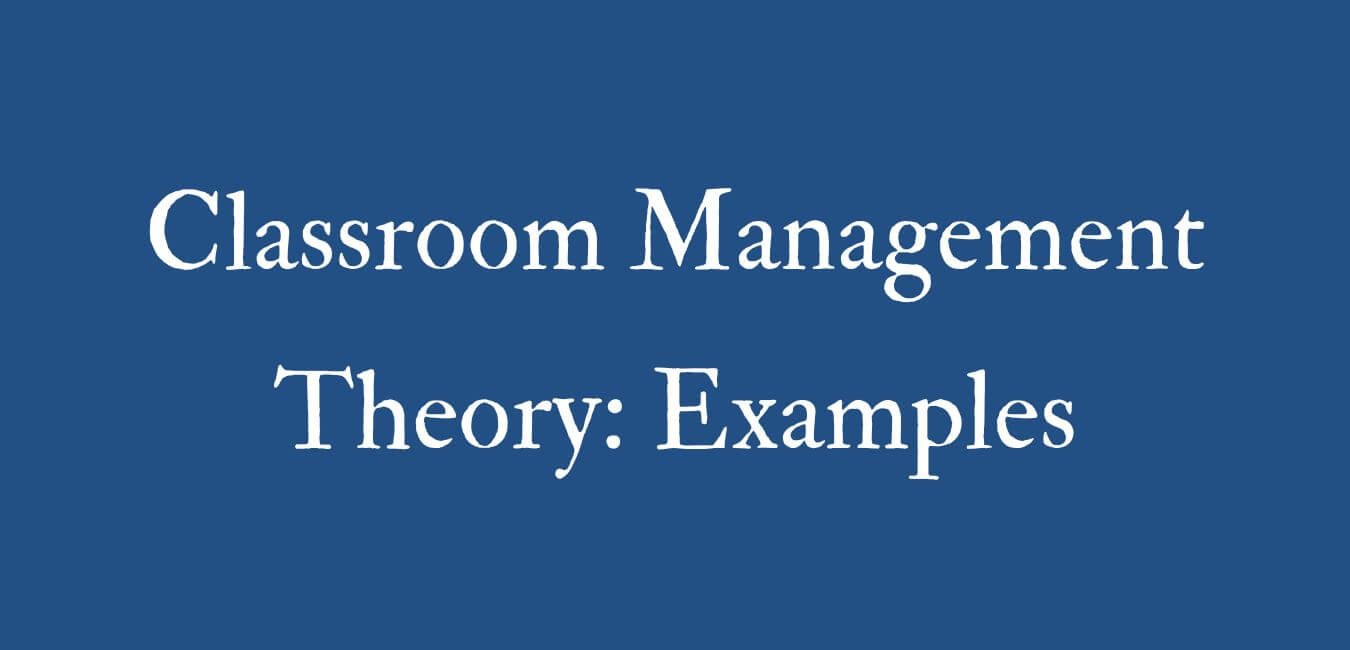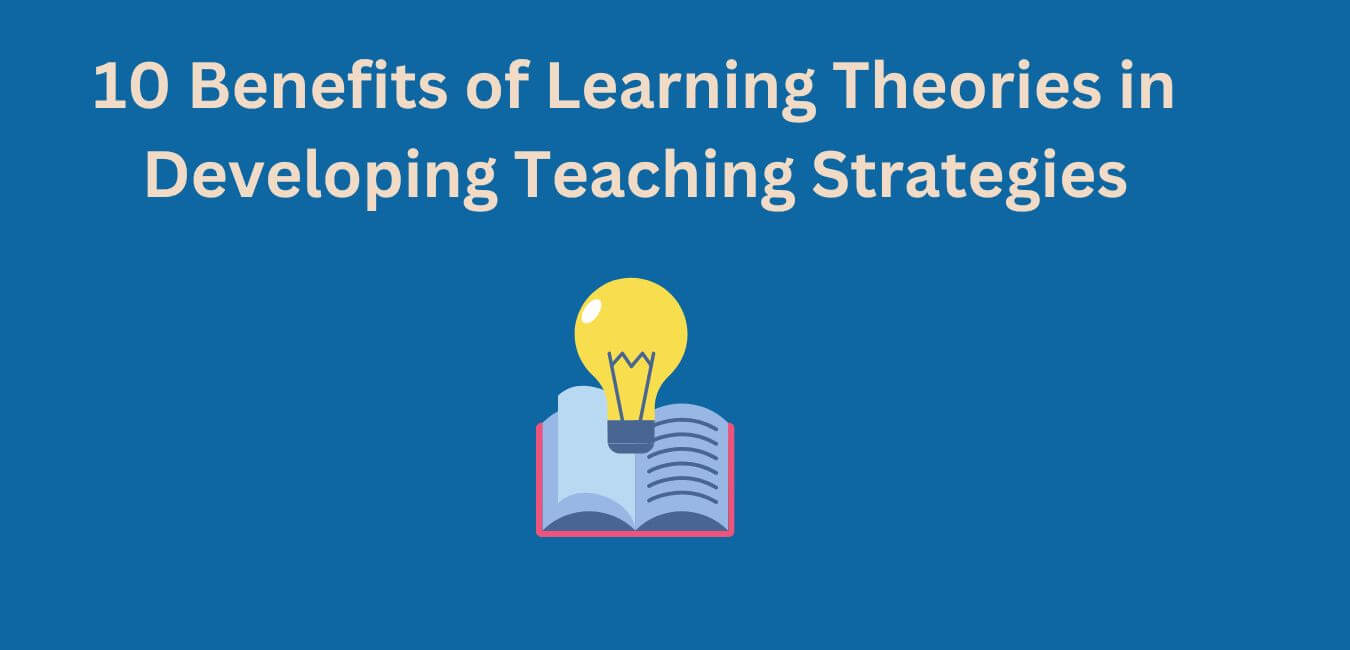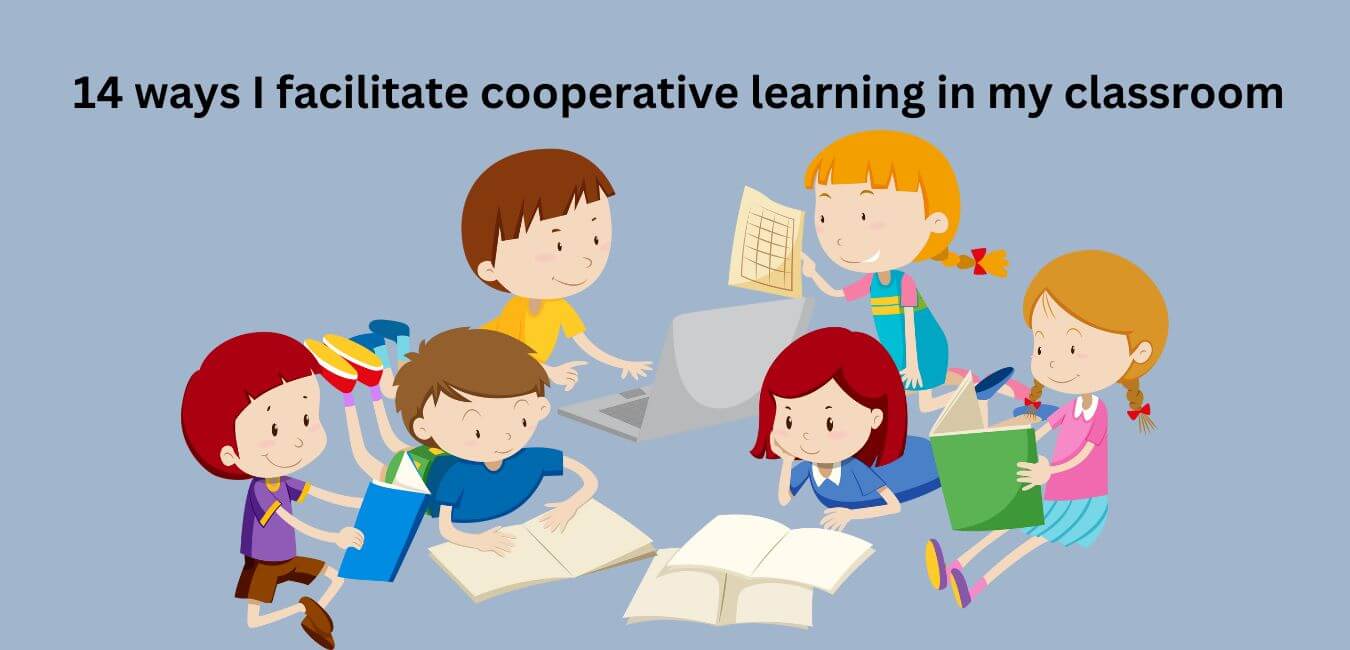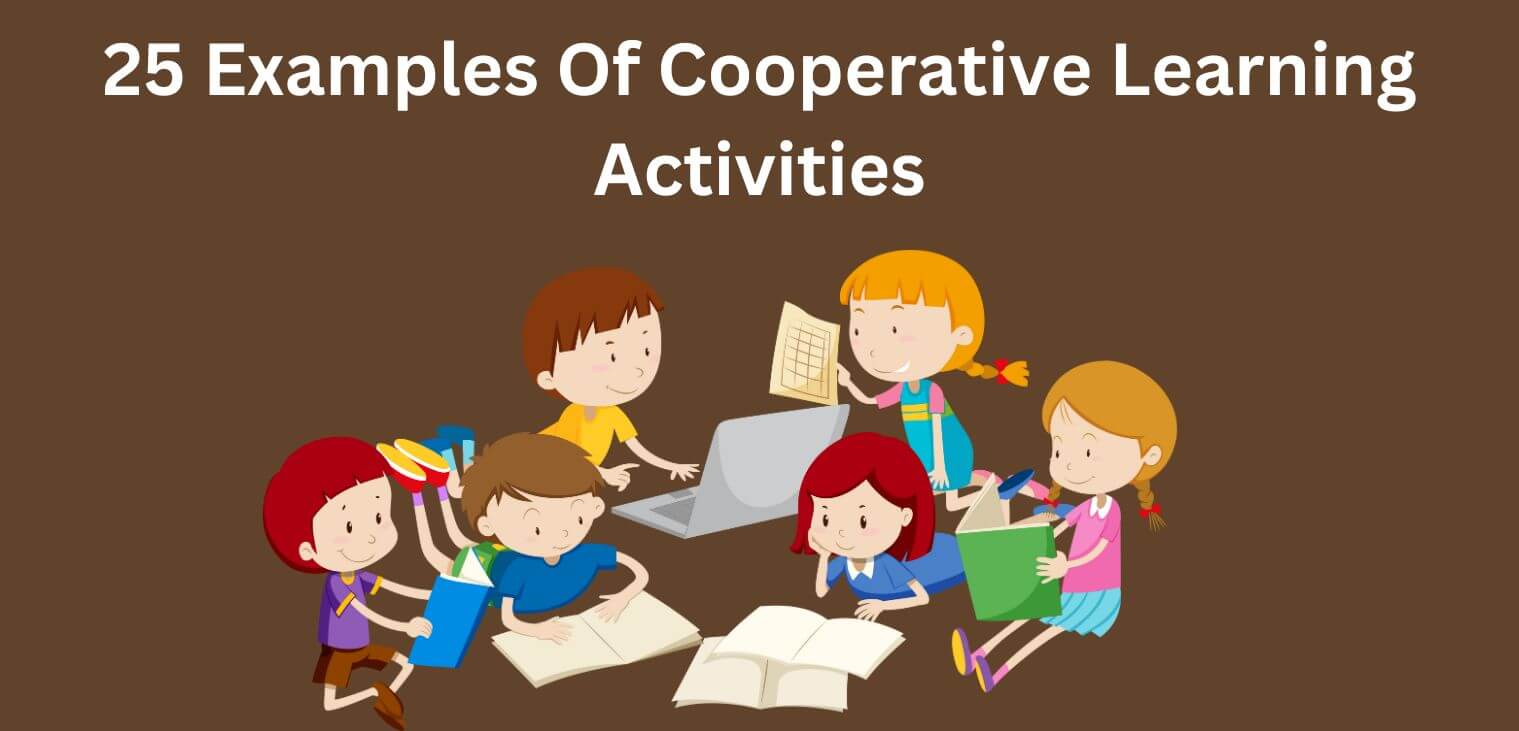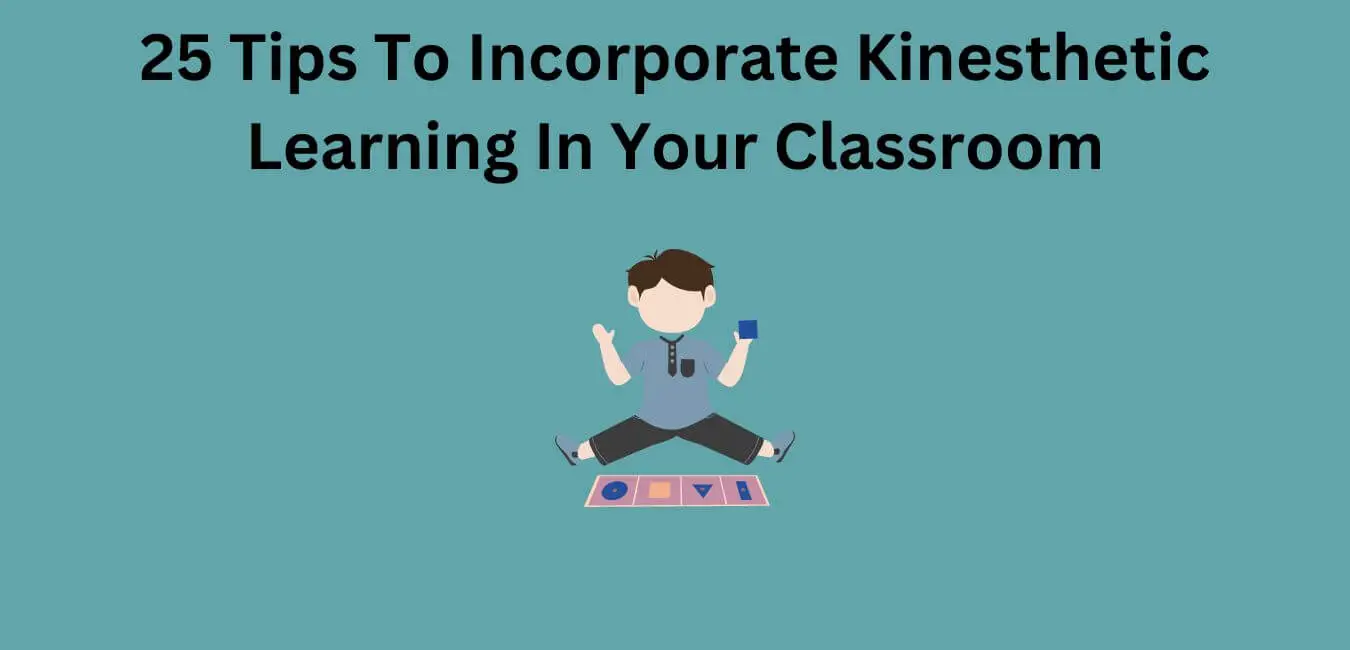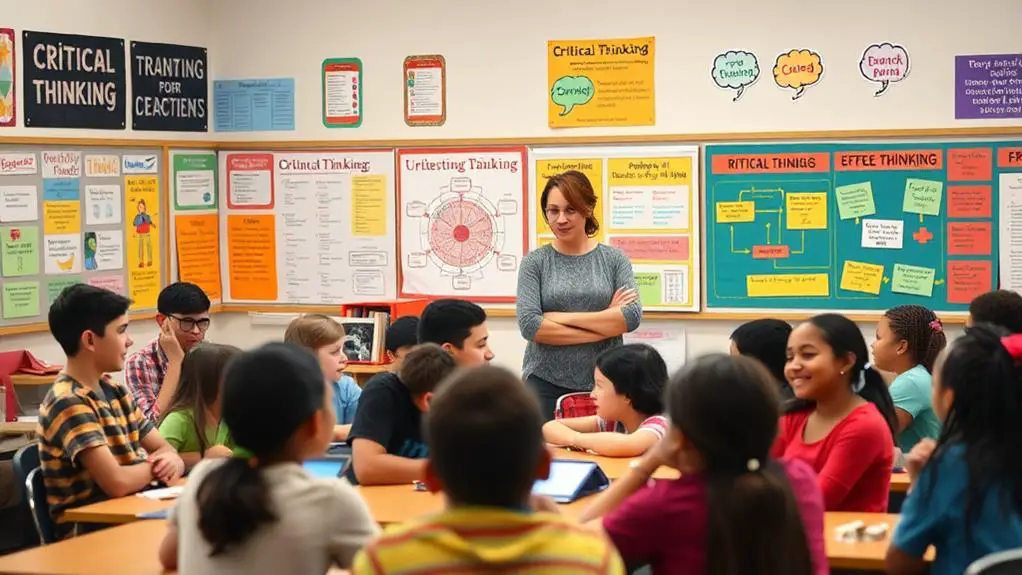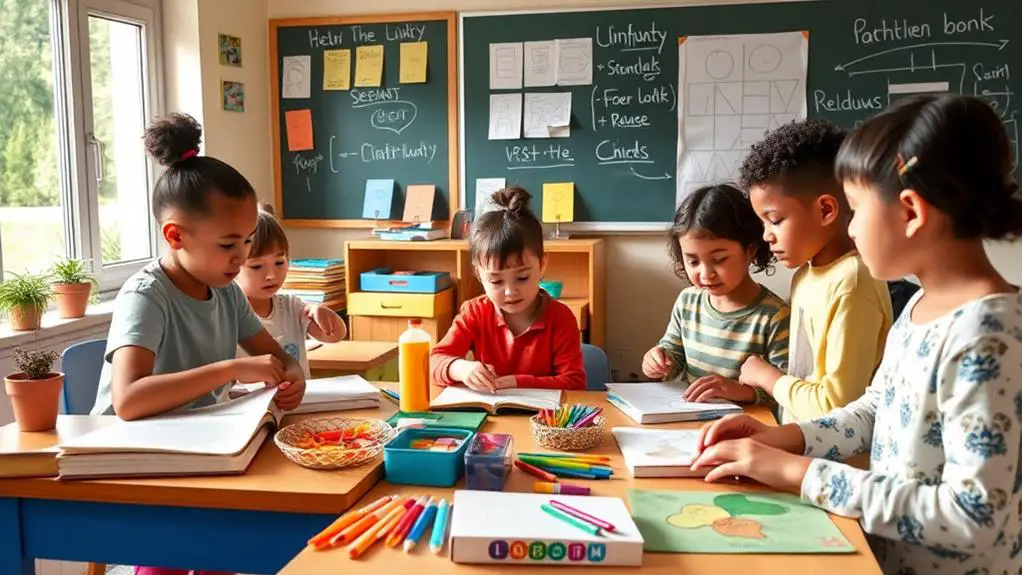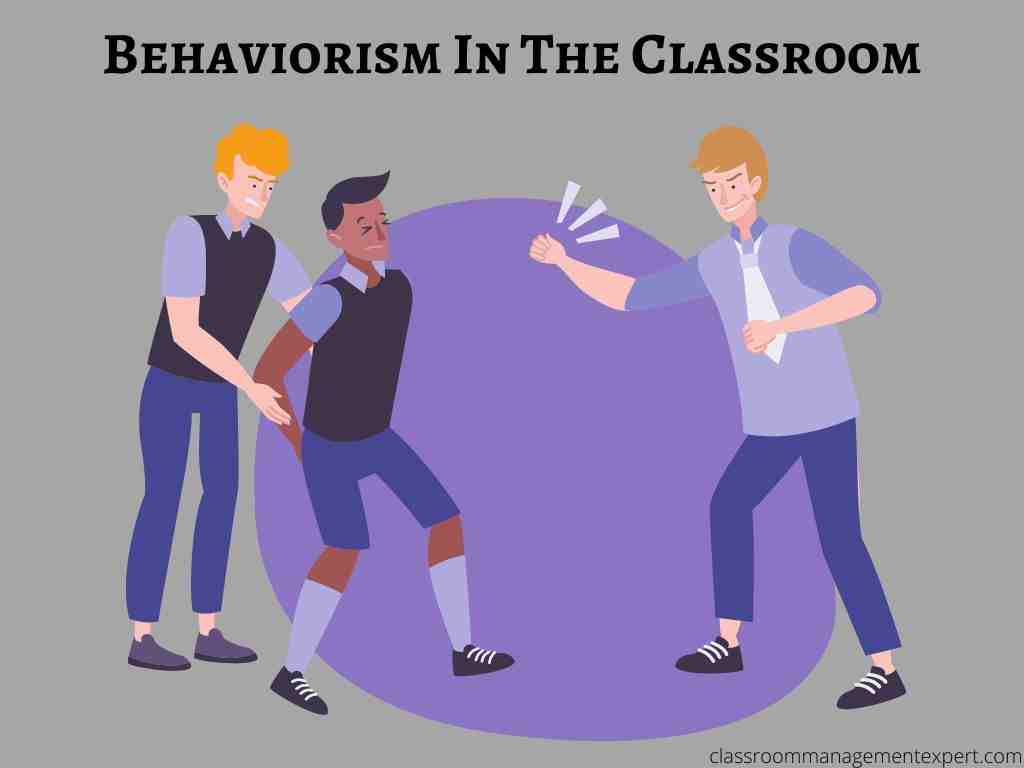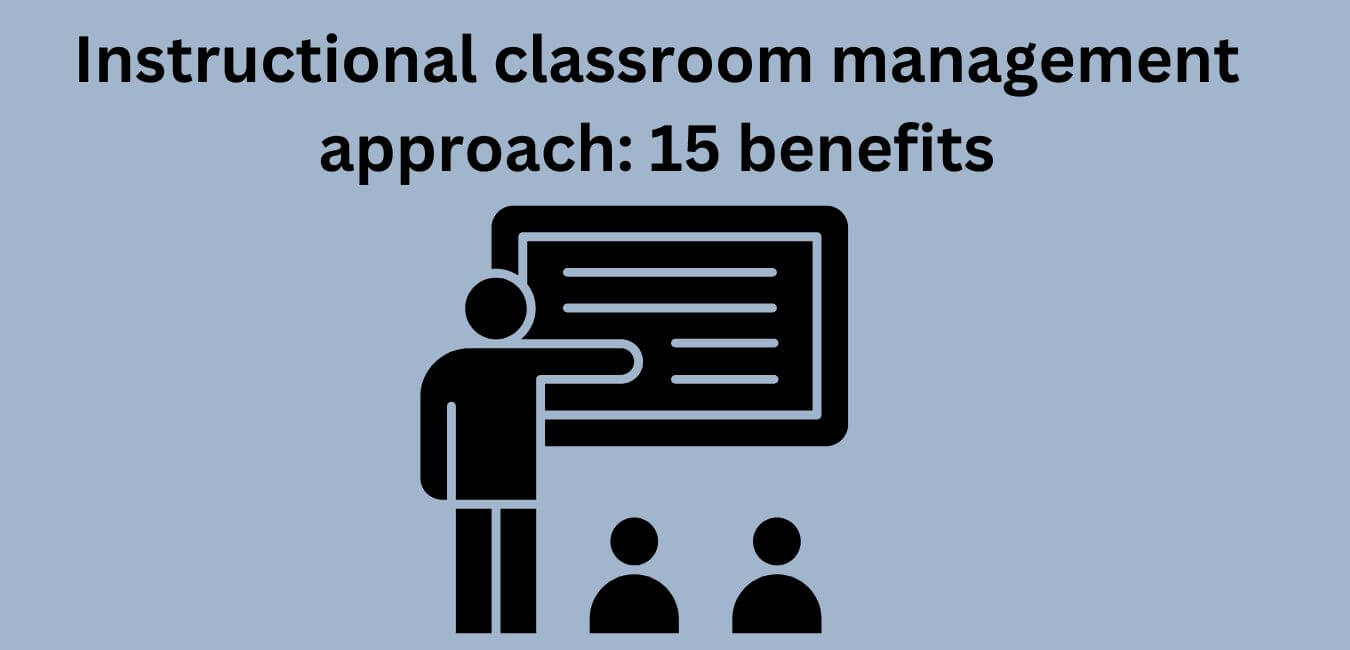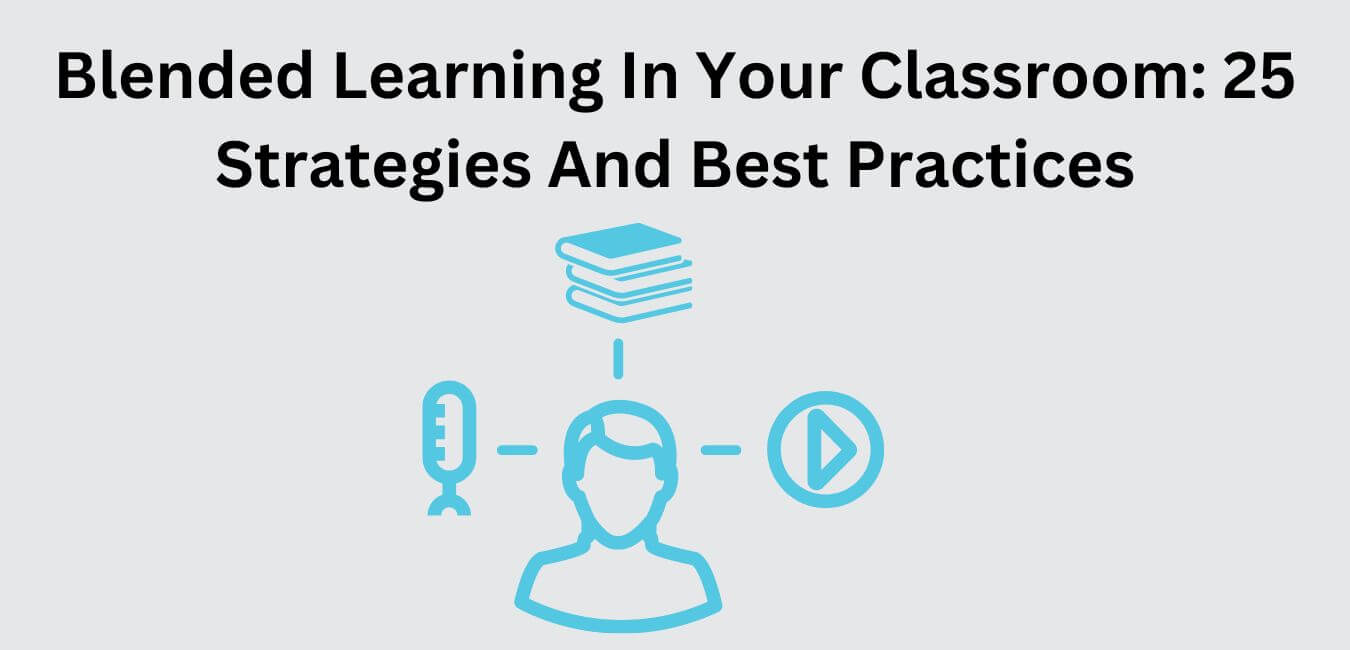Classroom management plays a crucial role in creating a conducive learning environment for students. With numerous theories available, educators need to have a comprehensive understanding of different approaches.
In this listicle, we present 17 classroom management theory examples that can help teachers establish efficient teaching techniques.
Examples of classroom management theory
Behaviorism
Behaviorism is a classroom management theory that emphasizes the use of rewards and punishments to shape student behavior. By utilizing positive reinforcement and consequences, behaviorism aims to create a structured and disciplined learning environment.
Positive reinforcement plays a crucial role in behaviorism. It involves providing rewards or incentives to students for exhibiting desired behaviors. This can include verbal praise, stickers, or even small tokens that can be exchanged for privileges or treats. By rewarding positive behavior, students are motivated to continue behaving in a desirable manner.
Conversely, behaviorism also recognizes the importance of consequences for inappropriate behavior. This can involve implementing disciplinary actions such as time-outs, loss of privileges, or additional assignments. The idea is to create a clear cause-and-effect relationship between behavior and consequences, helping students understand the impact of their actions.
Behaviorism is effective in promoting a positive classroom atmosphere by reinforcing desired behaviors and discouraging negative ones. It provides students with clear expectations and guidelines, allowing them to understand what is expected of them. By consistently applying rewards and consequences, behaviorism helps students develop self-discipline and responsibility.
Incorporating behaviorism into classroom management strategies can contribute to a more structured and productive learning environment. By focusing on shaping student behavior through positive reinforcement and consequences, behaviorism helps create a conducive atmosphere for learning and growth.
The Token Economy
The Token Economy is a classroom management theory that utilizes a system of tokens or rewards to motivate students and reinforce desired behaviors, encouraging a positive classroom atmosphere. In this approach, students earn tokens or points for exhibiting positive behaviors or meeting specific goals. These tokens can then be exchanged for rewards or privileges.
The use of a token economy system provides students with a tangible and immediate incentive to engage in positive behaviors. It helps to create a structured and motivating learning environment by clearly defining expectations and providing students with a sense of accomplishment when they earn tokens.
By implementing a token economy, teachers can effectively shape student behavior by focusing on positive reinforcement. This approach encourages students to develop self-discipline and responsibility as they strive to earn tokens and rewards. It also helps to foster a sense of community and cooperation among students, as they can support and encourage each other to earn tokens.
Furthermore, the token economy can be tailored to meet the specific needs and goals of individual students or the entire class. Teachers can customize the types of tokens, rewards, and behaviors that are targeted, allowing for flexibility and personalization.
Overall, the Token Economy theory is a powerful tool for promoting positive behavior and creating a supportive classroom environment. By utilizing tokens and rewards, teachers can motivate students, reinforce desired behaviors, and cultivate a sense of responsibility and cooperation.
Choice Theory
Choice Theory is a classroom management theory that emphasizes the importance of individual choices in driving behavior. This theory operates on the belief that students are motivated by their own desires and needs and that they have the power to make choices that align with those motivations. By empowering students to take responsibility for their actions, Choice Theory promotes intrinsic motivation and a sense of ownership over their learning.
In the classroom, Choice Theory encourages teachers to provide students with opportunities to make choices within the boundaries set by the curriculum and classroom rules. This can include allowing students to choose their own topics for projects, giving them options for how to demonstrate their understanding of a concept, or allowing them to select from a range of learning activities. By giving students agency in their learning, Choice Theory promotes engagement and a sense of autonomy.
By implementing Choice Theory, teachers can create a positive and empowering classroom environment. Students feel valued and respected when their choices are acknowledged and honored. This theory also helps to develop students’ decision-making skills and critical thinking abilities as they consider the consequences of their choices.
In summary, Choice Theory is a classroom management theory that recognizes the power of individual choices in driving behavior. By empowering students to take responsibility for their actions and providing them with opportunities to make choices, teachers can foster intrinsic motivation, engagement, and a sense of ownership over learning.
Democratic Approach
The Democratic Approach is a classroom management theory that promotes active student participation in decision-making, encouraging collaboration and collective responsibility. This approach recognizes the importance of involving students in the process of creating rules, setting goals, and making decisions that impact their learning environment.
By implementing the Democratic Approach, teachers create a classroom culture that values and respects the opinions and ideas of each student. Students are given opportunities to voice their thoughts, contribute to discussions, and participate in the decision-making process. This not only fosters a sense of ownership and empowerment but also enhances critical thinking and problem-solving skills.
In a democratic classroom, students are encouraged to work together, share responsibilities, and support one another. This collaborative environment promotes a sense of community and helps students develop important social and communication skills. By engaging in group projects, cooperative learning activities, and classroom discussions, students learn to value diverse perspectives and work towards common goals.
The Democratic Approach also teaches students the principles of democracy and citizenship. They learn about fairness, equality, and the importance of respecting the rights and opinions of others. This prepares them to become active and responsible members of society.
In summary, the Democratic Approach in classroom management promotes active student participation, collaboration, and collective responsibility. By involving students in decision-making and fostering a democratic classroom culture, teachers create an environment that empowers students, enhances critical thinking skills, and prepares them for active citizenship.
Assertive Discipline
Assertive Discipline is a classroom management theory that emphasizes the importance of clear and consistent rules in maintaining a structured and disciplined classroom. With this approach, teachers assert their authority in a firm but fair manner, setting clear expectations for behavior and holding students accountable for their actions.
By implementing assertive discipline, teachers establish a positive and respectful learning environment where students understand the boundaries and consequences of their behavior. This approach helps to prevent disruptive behavior and create a focused atmosphere for learning.
One key aspect of assertive discipline is the use of nonverbal cues and body language to communicate expectations and reinforce rules. Teachers use assertive body language, such as maintaining eye contact and using a calm and confident tone of voice, to convey authority and establish a sense of order in the classroom.
Another important element of assertive discipline is the use of logical consequences. When students violate the established rules, teachers respond with consequences that are directly related to the behavior. This helps students understand the connection between their actions and the outcomes, promoting personal responsibility and self-discipline.
By implementing assertive discipline, teachers create a structured and disciplined classroom environment that promotes a positive and focused learning experience for all students. This approach helps students develop self-control, respect for authority, and a sense of personal responsibility, which are essential skills for success in school and beyond.
Positive Behavior Interventions and Supports (PBIS)
Positive Behavior Interventions and Supports (PBIS) is a classroom management theory that prioritizes the prevention of negative behavior through the teaching and reinforcement of positive behaviors. By creating a supportive and inclusive classroom environment, PBIS aims to foster a positive learning experience for all students.
One key aspect of PBIS is the use of proactive strategies to promote positive behavior. Teachers implement clear expectations and rules and consistently reinforce and acknowledge students’ adherence to these expectations. By focusing on positive behavior, PBIS helps to prevent disruptive behavior and create a harmonious classroom atmosphere.
Another important element of PBIS is the use of data-driven decision-making. Teachers collect and analyze data on student behavior to identify patterns and trends. This information is then used to develop targeted interventions and supports for students who may be struggling with behavior issues. By addressing the underlying causes of negative behavior, PBIS helps students develop the skills and strategies they need to succeed.
PBIS also emphasizes the importance of collaboration and teamwork. Teachers, administrators, and support staff work together to implement PBIS strategies and provide consistent support to students. This collaborative approach ensures that all members of the school community are working towards a common goal of promoting positive behavior and creating a positive learning environment.
In summary, PBIS is a classroom management theory that focuses on preventing negative behavior by teaching and reinforcing positive behaviors. By creating a supportive and inclusive classroom environment, implementing proactive strategies, using data-driven decision-making, and promoting collaboration, PBIS helps to foster a positive learning experience for all students.
Cooperative Learning
Cooperative Learning is a classroom management theory that emphasizes the importance of teamwork, problem-solving, and individual accountability. By organizing students into small groups, this theory promotes a cooperative classroom atmosphere where students work together to achieve common goals.
One of the key benefits of cooperative learning is the opportunity for students to develop their teamwork skills. Working in groups allows students to collaborate, communicate, and share ideas with their peers. This not only enhances their social skills but also teaches them the value of cooperation and the importance of working together towards a common objective.
Cooperative learning also encourages problem-solving skills. When students work together in groups, they are presented with various challenges and tasks that require them to think critically and find solutions. This fosters their ability to analyze problems from different perspectives, brainstorm ideas, and make informed decisions collectively.
Furthermore, cooperative learning promotes individual accountability. Each student in the group has a specific role and responsibility, and their contributions are essential for the success of the group. This encourages students to take ownership of their learning, be responsible for their actions, and actively participate in the group’s activities.
In summary, cooperative learning is a classroom management theory that promotes teamwork, problem-solving, and individual accountability. By organizing students into small groups, this theory creates a cooperative classroom atmosphere where students can develop their social skills, enhance their problem-solving abilities, and take ownership of their learning. Incorporating cooperative learning strategies into the classroom can greatly benefit students’ overall academic and personal growth.
Applied Behavior Analysis (ABA)
Applied Behavior Analysis (ABA) is a classroom management theory that utilizes data-driven strategies to identify and modify behaviors. By analyzing and tracking student behavior, teachers can gain valuable insights into the factors that influence behavior and develop effective interventions.
One of the key principles of ABA is the use of positive reinforcement to promote desired behaviors. This involves providing students with rewards or incentives when they exhibit the desired behavior. By reinforcing positive behaviors, teachers can increase the likelihood of those behaviors being repeated in the future. This approach not only helps to shape students’ behavior but also fosters a positive and supportive classroom environment.
ABA also emphasizes the importance of consistency and structure in the classroom. By establishing clear expectations and routines, teachers can help students understand what is expected of them and create a sense of predictability. This can reduce anxiety and promote a sense of security, which is essential for optimal learning.
Furthermore, ABA recognizes the individuality of students and the need for personalized interventions. By conducting assessments and analyzing data, teachers can identify the specific needs and strengths of each student. This allows them to tailor interventions and support strategies to meet the unique needs of each student, promoting their overall development and success.
In summary, Applied Behavior Analysis (ABA) is a classroom management theory that utilizes data-driven strategies to identify and modify behaviors. By focusing on positive reinforcement, consistency, and individualized interventions, ABA promotes a positive and supportive classroom environment where students can thrive. Incorporating ABA principles into the classroom can greatly enhance student behavior, engagement, and overall academic success.
Cognitive-Behavioral Approach
The Cognitive-Behavioral Approach is a classroom management theory that focuses on the relationship between thoughts, feelings, and behavior. By understanding how these three components interact, teachers can help students develop self-awareness and cultivate positive attitudes toward learning.
In this approach, teachers encourage students to examine their thoughts and beliefs about themselves and their abilities. By challenging negative or self-defeating thoughts, students can develop a more positive mindset and increase their motivation to learn. For example, if a student believes they are not good at math, the teacher can help them identify and challenge this belief by highlighting their strengths and providing opportunities for success in math-related tasks.
Furthermore, the Cognitive-Behavioral Approach emphasizes the importance of teaching students coping strategies to manage their emotions and behaviors. By teaching students how to identify and regulate their emotions, teachers can help create a more positive and productive learning environment. For instance, if a student becomes frustrated or overwhelmed, they can learn techniques such as deep breathing or positive self-talk to calm themselves down and refocus on the task at hand.
By incorporating the Cognitive-Behavioral Approach into the classroom, teachers can empower students to take ownership of their learning and develop the skills necessary for success. This approach promotes self-reflection, positive thinking, and emotional regulation, all of which contribute to a supportive and engaging classroom environment. With the Cognitive-Behavioral Approach, students can develop the self-awareness and positive attitudes needed to thrive academically and personally.
Responsive Classroom
The Responsive Classroom approach is a classroom management theory that focuses on building a sense of community and cooperation among students. This theory integrates academic and social-emotional learning, promoting a safe and respectful environment for all.
In a Responsive Classroom, teachers prioritize the development of positive relationships among students and between students and teachers. By fostering a sense of belonging and connection, students feel more comfortable taking risks and participating actively in the learning process. This approach encourages collaboration and cooperation, as students learn to work together towards common goals.
One key aspect of the Responsive Classroom is the use of morning meetings. These meetings provide a structured time for students to greet each other, share experiences, and engage in activities that promote social-emotional learning. Through morning meetings, students learn important skills such as active listening, empathy, and problem-solving.
Another important component of the Responsive Classroom is the use of logical consequences. Instead of relying on punishment or rewards, teachers focus on helping students understand the impact of their actions and make amends when necessary. This approach encourages students to take responsibility for their behavior and learn from their mistakes.
By implementing the Responsive Classroom approach, teachers create a positive and inclusive learning environment where students feel valued and supported. This theory promotes social-emotional growth, academic success, and overall well-being. With a Responsive Classroom, students develop important life skills that will benefit them beyond the classroom.
Multiple Intelligences Theory
Multiple Intelligences Theory is a classroom management theory that recognizes the existence of different types of intelligence and encourages teachers to cater to diverse learning styles. Developed by Howard Gardner, this theory suggests that intelligence is not a singular, fixed trait, but rather a combination of various abilities and skills.
According to the Multiple Intelligences Theory, there are several types of intelligence, including linguistic, logical-mathematical, spatial, bodily-kinesthetic, musical, interpersonal, intrapersonal, and naturalistic intelligence. Each individual possesses a unique combination of these intelligences, and effective teaching involves addressing and nurturing these different strengths.
By incorporating the Multiple Intelligences Theory into their classroom management strategies, teachers can create a more inclusive and student-centered learning environment. They can design activities and assessments that tap into different intelligences, allowing students to engage with the content in ways that align with their strengths and preferences.
For example, a teacher might provide opportunities for linguistic learners to express themselves through writing or speaking, while also incorporating visual aids and hands-on activities for spatial and bodily-kinesthetic learners. By embracing the diversity of intelligence in the classroom, teachers can foster a sense of belonging and empower students to take ownership of their learning.
Incorporating the Multiple Intelligences Theory not only enhances student engagement and motivation but also promotes a deeper understanding of the subject matter. By recognizing and valuing the diverse ways in which students learn, teachers can create a more inclusive and effective learning environment that supports the success and growth of all learners.
Real-Life Connections
Real-Life Connections is a classroom management theory that emphasizes the importance of establishing links between classroom content and real-life experiences. By doing so, this theory enhances student engagement and connects learning to the outside world.
When students can see the relevance of what they are learning to their everyday lives, they become more motivated and invested in the learning process. By incorporating real-life examples, scenarios, and applications into their lessons, teachers can help students understand how the concepts they are learning are applicable in the real world.
For example, in a math class, a teacher might use real-life scenarios such as budgeting, calculating discounts, or measuring ingredients in a recipe to teach mathematical concepts. By connecting these concepts to practical situations, students can see the value and relevance of what they are learning.
Real-Life Connections also helps students develop critical thinking and problem-solving skills. By presenting them with real-life challenges and situations, teachers encourage students to apply their knowledge and skills to solve problems in a meaningful context. This approach not only deepens their understanding of the subject matter but also prepares them for real-world situations where critical thinking and problem-solving skills are essential.
By incorporating Real-Life Connections into their classroom management strategies, teachers can create a more meaningful and engaging learning environment. Students are able to see the practical applications of what they are learning, which enhances their motivation and understanding. This theory promotes a holistic approach to education, where students can connect their learning to the world around them and develop skills that are relevant beyond the classroom.
Social Contract
Social Contract is a classroom management theory that emphasizes the importance of collaboration and shared responsibility between students and teachers in developing a set of rules for behavior and classroom management. By involving students in the rule-making process, this theory promotes a sense of ownership and accountability among students.
When students have a say in creating the rules that govern their behavior, they are more likely to understand and respect those rules. This collaborative approach fosters a sense of community and mutual respect within the classroom, as students feel that their voices are heard and valued.
The Social Contract theory also encourages open communication and problem-solving. When conflicts or issues arise, students and teachers can refer back to the agreed-upon rules to find solutions. This promotes a sense of fairness and consistency in addressing behavioral issues, as everyone is held accountable to the same set of rules.
By implementing the Social Contract theory, teachers create a positive and inclusive learning environment. Students feel empowered and engaged in their own learning, as they have a stake in the rules and expectations of the classroom. This theory also promotes social-emotional development, as students learn to navigate and resolve conflicts in a respectful and collaborative manner.
In summary, the Social Contract theory promotes collaboration, ownership, and accountability in classroom management. By involving students in the rule-making process, teachers create a positive and inclusive learning environment where students feel valued and empowered. This theory fosters a sense of community and promotes social-emotional development among students.
Montessori Approach
The Montessori Approach is a classroom management theory that is based on self-directed learning and emphasizes hands-on activities and individualized instruction. This approach allows students to explore and learn at their own pace, fostering a sense of independence and self-motivation.
In a Montessori classroom, students have the freedom to choose their own activities from a carefully prepared environment. They are encouraged to engage in hands-on learning experiences that are designed to promote their cognitive, social, and emotional development. This approach recognizes that each student is unique and has different learning styles and interests.
The Montessori Approach also values the role of the teacher as a facilitator and guide. Instead of being the sole source of knowledge, the teacher observes and assesses each student’s progress and provides individualized instruction and support. This allows students to take ownership of their learning and develop a sense of responsibility for their education.
By implementing the Montessori Approach, teachers create a student-centered learning environment that promotes curiosity, creativity, and critical thinking. Students are actively engaged in their learning and develop important skills such as problem-solving, decision-making, and self-discipline.
In summary, the Montessori Approach is a classroom management theory that promotes self-directed learning, hands-on activities, and individualized instruction. By allowing students to explore at their own pace, this approach fosters independence, self-motivation, and a love for learning.
Restorative Justice
Restorative justice is a classroom management theory that focuses on repairing harm caused by misbehavior, with the aim of cultivating empathy, responsibility, and conflict resolution skills among students. This approach recognizes that when harm is done, it affects not only the victim but also the offender and the entire classroom community. By addressing the harm and involving all parties in the resolution process, restorative justice aims to create a positive classroom culture.
In a restorative justice approach, the emphasis is on dialogue and understanding rather than punishment. Instead of simply punishing the offender, restorative justice encourages open communication and reflection. Students are given the opportunity to express their feelings, take responsibility for their actions, and understand the impact of their behavior on others.
Through restorative justice practices, students learn to listen to one another, develop empathy, and find constructive ways to resolve conflicts. This approach helps to build a sense of community and trust within the classroom, as students learn to value and respect each other’s perspectives.
Restorative justice also provides an opportunity for students to learn from their mistakes and grow personally. By actively participating in the resolution process, students develop problem-solving skills and take ownership of their actions. This approach promotes a sense of accountability and encourages students to make amends and restore relationships.
In summary, restorative justice in the classroom focuses on repairing harm and cultivating empathy, responsibility, and conflict-resolution skills. By involving all parties in the resolution process, this approach nurtures a positive classroom culture where students learn from their mistakes and develop important life skills.
Reggio Emilia Approach
The Reggio Emilia Approach is a classroom management theory that places a strong emphasis on child-led learning, creativity, and collaboration. This approach creates a student-centered and expressive classroom environment that encourages active participation and exploration.
In the Reggio Emilia Approach, students are seen as competent learners. They are encouraged to take an active role in their own learning process, allowing their interests and curiosities to guide their educational journey. This approach recognizes that children have unique perspectives and ideas, and it values their contributions to the learning community.
Creativity is also a key component of the Reggio Emilia Approach. Students are provided with various materials and resources to express themselves and explore their creativity. Artistic expression, such as drawing, painting, and sculpting, is integrated into the curriculum to encourage self-expression and communication.
Collaboration is another important aspect of the Reggio Emilia Approach. Students are encouraged to work together on projects and engage in group discussions. This promotes social skills, teamwork, and the development of effective communication skills.
By implementing the Reggio Emilia Approach, educators create a classroom environment that fosters curiosity, creativity, and collaboration. Students are empowered to take ownership of their learning, express themselves through various mediums, and work together to solve problems and explore new ideas. This approach cultivates a love for learning and supports the holistic development of each student.
Culturally Responsive Teaching
Culturally Responsive Teaching is a classroom management theory that recognizes and values the cultural backgrounds and experiences of students. This approach promotes inclusivity, equity, and understanding in the classroom.
By acknowledging and embracing the diverse cultures represented in the classroom, educators can create a learning environment that respects and celebrates the unique identities of each student. This theory emphasizes the importance of incorporating culturally relevant content and teaching strategies into the curriculum.
One key aspect of Culturally Responsive Teaching is the recognition that students’ cultural backgrounds influence their learning styles, preferences, and experiences. Educators strive to create a classroom environment that is responsive to these individual differences, ensuring that all students feel seen, heard, and valued.
In a culturally responsive classroom, educators actively seek to understand and incorporate students’ cultural perspectives and experiences into the learning process. This can be done through the use of culturally diverse literature, incorporating multicultural perspectives into lessons, and encouraging students to share their own cultural knowledge and experiences.
By implementing Culturally Responsive Teaching, educators foster a sense of belonging and create a safe space for students to express their cultural identities. This approach not only enhances students’ academic achievement but also promotes social-emotional development and cultural competence.
In summary, Culturally Responsive Teaching is a classroom management theory that promotes inclusivity, equity, and understanding by acknowledging and embracing the cultural backgrounds and experiences of students. By incorporating culturally relevant content and teaching strategies, educators create a learning environment that respects and celebrates the unique identities of each student.
Conclusion
Understanding and implementing classroom management theories effectively is crucial for educators to create an optimal learning environment. By combining various strategies, teachers can address the unique needs of their students and cultivate a positive and engaging classroom atmosphere.

